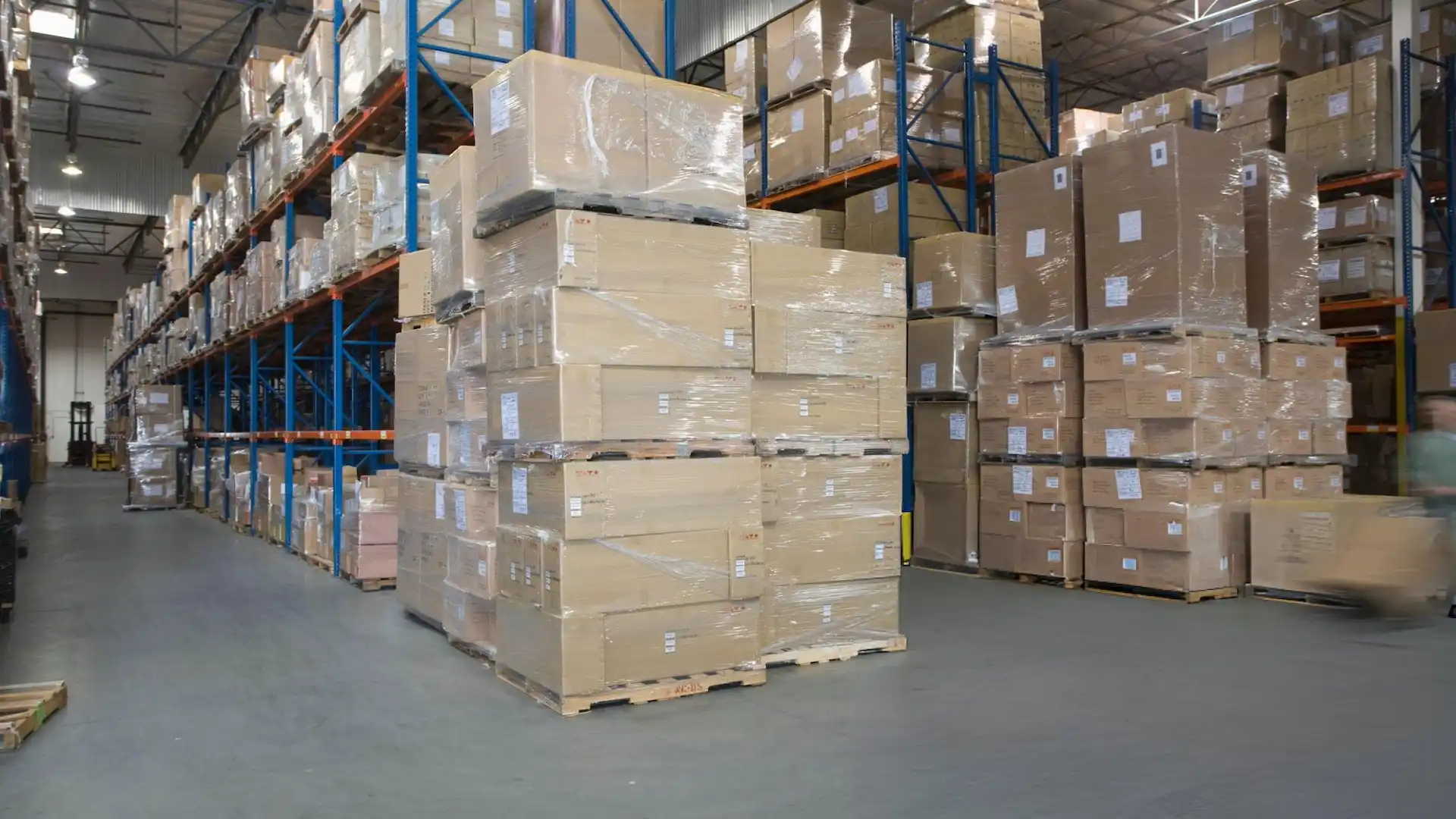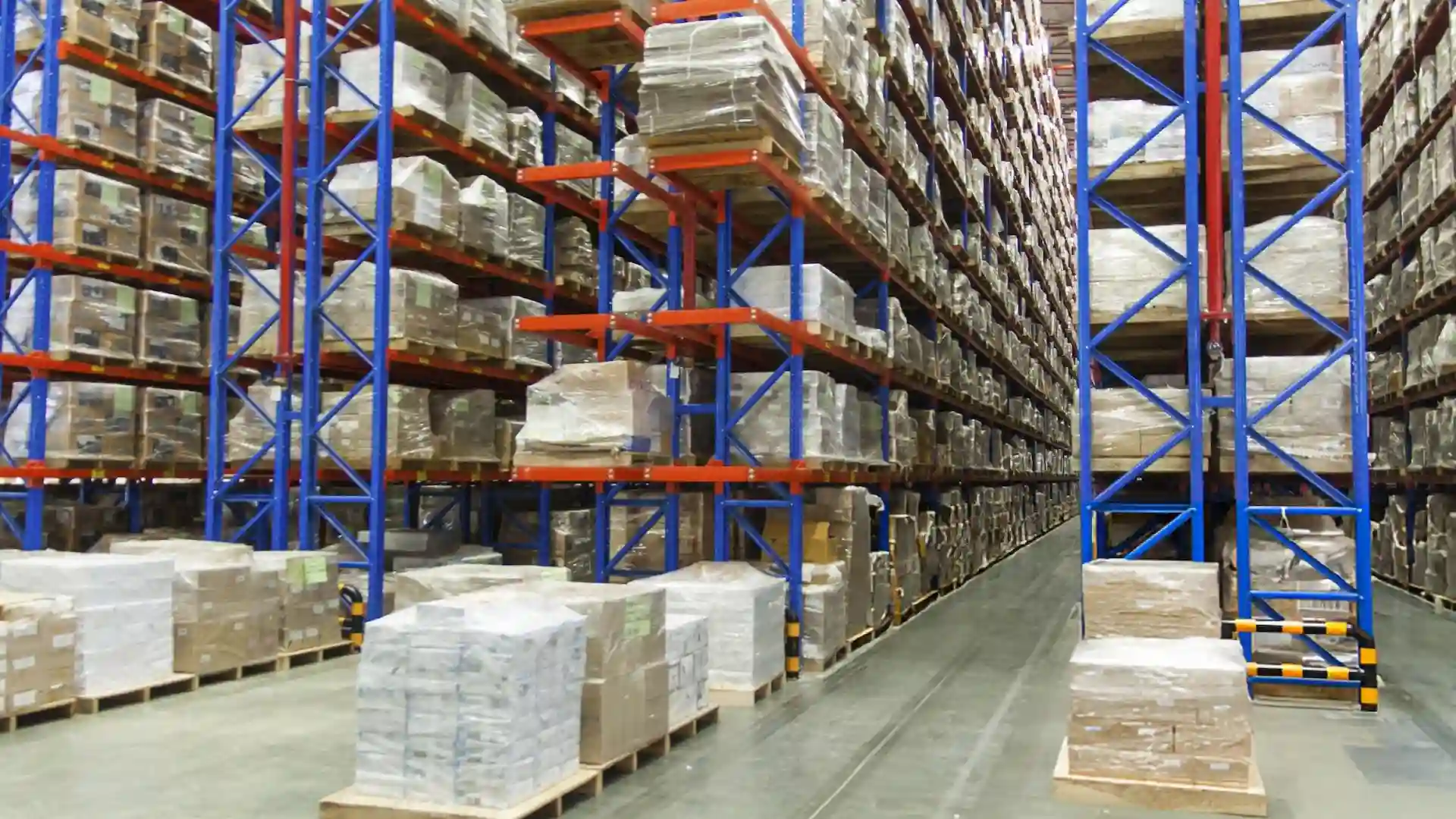What is a Backorder? Understanding Backorders and Effective Inventory Management

In the fast-paced world of ecommerce, maintaining inventory is a challenging task that can impact the customer experience and your bottom line. One key issue businesses often face is the challenge of managing backorders. If you've ever asked yourself, "What does backordered mean?" or "What is a backorder?", you're not alone. Backorders can confuse customers, but for ecommerce companies, understanding how to manage them effectively is crucial.
In this comprehensive guide, we will explore the meaning of backorders, how they differ from pre-orders, and how you can handle inventory management more efficiently. Whether you're an ecommerce merchant or just curious about the logistics of online shopping, understanding backorders can help you manage expectations and optimize operations.
What is a Backorder?
Before diving deeper into the nuances of backorders, let's first define what a backorder means. A backorder refers to an item that is temporarily out of stock but is still available for purchase. When something is on backorder, customers can place their orders, and the product will be shipped to them once it becomes available. In essence, a backorder means that demand exceeds current supply, but new stock is expected soon.
What Does It Mean When Something is Backordered?
When a product is backordered, it typically indicates that the product has sold out but is expected to be restocked. Companies allow customers to place orders in advance so that they can receive the item as soon as it's available again. So, when you see "item backordered" on an ecommerce website, it’s a signal that the retailer is waiting for inventory to be replenished.
A backorder can last anywhere from a few days to several weeks, depending on the product's availability and the efficiency of the supply chain. Clear communication is key for setting proper customer expectations when dealing with backorders.
Backorder vs Pre-order: What's the Difference?
A common point of confusion is the difference between a backorder and a pre-order. Both terms are often used in ecommerce, but they refer to different scenarios.
- Backorder: As we’ve already discussed, a backorder occurs when a product is temporarily out of stock but will be available again soon. Customers can place an order and wait for the item to be restocked and shipped.
- Pre-order: A pre-order occurs when a product is not yet available for sale, often because it’s a new release or has not been produced yet. Customers can reserve the product in advance, and it will be shipped once it's officially released or manufactured.
In the context of ecommerce platforms like Merchant Center, understanding backorder vs pre-order is important because it impacts how you manage inventory and communicate with customers. Knowing whether an item is on backorder or pre-order also helps customers decide if they’re willing to wait for the product.
What Does Backorderable Mean?
The term backorderable refers to items that can be placed on backorder. When something is backorderable, it means that even though the product is out of stock, customers can still make a purchase, and the item will be delivered when stock is replenished. Not all items in ecommerce are backorderable. Some retailers may choose to stop sales when inventory runs out, while others allow for backorders to maintain sales momentum.
Why Are Backorders Important?
Backorders allow businesses to continue generating sales even when products are out of stock. Instead of losing potential customers, companies can take backorders and fulfill them once new stock arrives. However, this approach also comes with its own set of challenges, such as the risk of customer dissatisfaction if restocking takes too long.
Common Causes of Backorders
Backorders are a natural part of running a business, especially in ecommerce, where demand can be difficult to predict. Here are a few common reasons why backorders occur:
- High Demand: Sometimes a product sells better than anticipated, leading to stock shortages. In this case, backorders help capture sales that might otherwise be lost.
- Supplier Delays: If a manufacturer or supplier is experiencing delays, businesses may face stock shortages that lead to backorders.
- Inventory Mismanagement: Ineffective inventory management practices can lead to errors in stock levels, resulting in backorders.
- Seasonal Fluctuations: During peak seasons like holidays, products are often in higher demand, increasing the likelihood of items being placed on backorder.
Understanding these factors can help businesses forecast demand better and avoid lengthy backorder periods.
Managing Backorders Effectively
Proper management of backorders can help retain customer loyalty and prevent lost sales. Here are a few tips for effectively handling backorders:
1. Inventory Forecasting
One of the best ways to reduce the occurrence of backorders is through accurate inventory forecasting. By predicting how much stock you’ll need based on historical data, current trends, and future events, you can ensure that your inventory levels are always aligned with demand.
There are various inventory forecasting models available, including time series analysis, causal models, and machine learning algorithms. These tools help ecommerce businesses predict demand more accurately and avoid running out of stock.
2. Inventory Management Software for Ecommerce
Utilizing inventory management software for ecommerce is another critical strategy to avoid backorders. This software helps businesses monitor stock levels in real-time, track sales, and manage orders more efficiently. Some ecommerce platforms also offer features like automatic reordering and supplier management, which streamline the process of restocking.
The perpetual inventory system, for example, is an excellent way to track stock in real-time. In this system, every sale or purchase automatically updates your inventory records, helping you stay on top of stock levels and reducing the chances of running out.
3. Clear Communication with Customers
Transparency is key when managing backorders. Customers should be informed if a product is on backorder before they make a purchase. Providing clear information on shipping times, restocking dates, and delivery expectations can prevent frustration and reduce the chances of order cancellations.
Including a note such as "available for backorder" on product pages ensures customers understand the situation and can make an informed decision before buying.
4. Supplier Relationships
Strong relationships with suppliers can help expedite the restocking process. By working closely with your suppliers, you can better manage your supply chain, mitigate delays, and reduce backorder times.
Perpetual Inventory System: A Key Tool in Backorder Management
A perpetual inventory system is a type of inventory tracking where updates are made in real-time as transactions occur. This system helps businesses stay on top of their inventory levels, reducing the likelihood of backorders caused by stock mismanagement.
Perpetual Inventory System Example
Let’s say you're running an online store that sells clothing. Every time an item is sold, the perpetual inventory system automatically deducts the stock count from your total inventory. When stock levels get low, the system can alert you or even place an automatic order with your supplier to replenish your inventory before you run out of items. This helps prevent items from going on backorder and improves your overall inventory efficiency.
Backorder vs In-Stock Items: Customer Experience
Backorders can affect the overall customer experience. While some customers may be willing to wait for backordered items, others may not. The key to keeping customers satisfied during backorder situations is clear and timely communication. Offering multiple shipping options, such as split shipments where available items ship first, can also enhance customer satisfaction.
If you're an ecommerce brand looking to streamline your backorder management and improve operational efficiency, reach out to Atomix Logistics to learn how we can help optimize your supply chain and inventory processes.
Conclusion
Understanding and managing backorders effectively is a crucial aspect of ecommerce success. Knowing the backorder meaning, how it differs from pre-ordering, and using the right inventory management tools can help businesses avoid stock shortages and maintain customer satisfaction. By leveraging techniques like inventory forecasting and perpetual inventory systems, you can minimize the impact of backorders on your business.
If you're an ecommerce brand looking to streamline your backorder management and improve operational efficiency, reach out to Atomix Logistics to learn how we can help optimize your supply chain and inventory processes.
Frequently Asked Questions About Backorders and Inventory Management
What does backordered mean in ecommerce?
Backordered means that an item is temporarily out of stock but can still be purchased. The customer places an order, and the item will be shipped once it becomes available again. This allows businesses to capture sales even when the product isn’t immediately available.
How long does a backorder usually take?
Backorder timelines vary depending on factors like supplier availability and shipping logistics. In general, a backorder can take anywhere from a few days to several weeks. Clear communication from the retailer about estimated restocking and shipping times is essential to manage customer expectations.
What’s the difference between backorder and pre-order?
A backorder is when a product is temporarily out of stock but available for future shipment, whereas a pre-order is for products that are not yet released or manufactured. Backorders are for existing products, while pre-orders are for upcoming launches.
How can I avoid backorders in my ecommerce store?
Avoid backorders by implementing accurate inventory forecasting, using real-time inventory management systems, and maintaining strong relationships with suppliers. Investing in inventory management software helps predict demand and automatically reorder stock when needed.
What should I do if my item is on backorder?
If your item is on backorder, check the retailer’s estimated restocking timeline. If the wait time is acceptable, you can proceed with the order. If not, consider exploring alternative products or contacting the retailer for more options, such as split shipping.

.svg)
.svg)
.svg)




